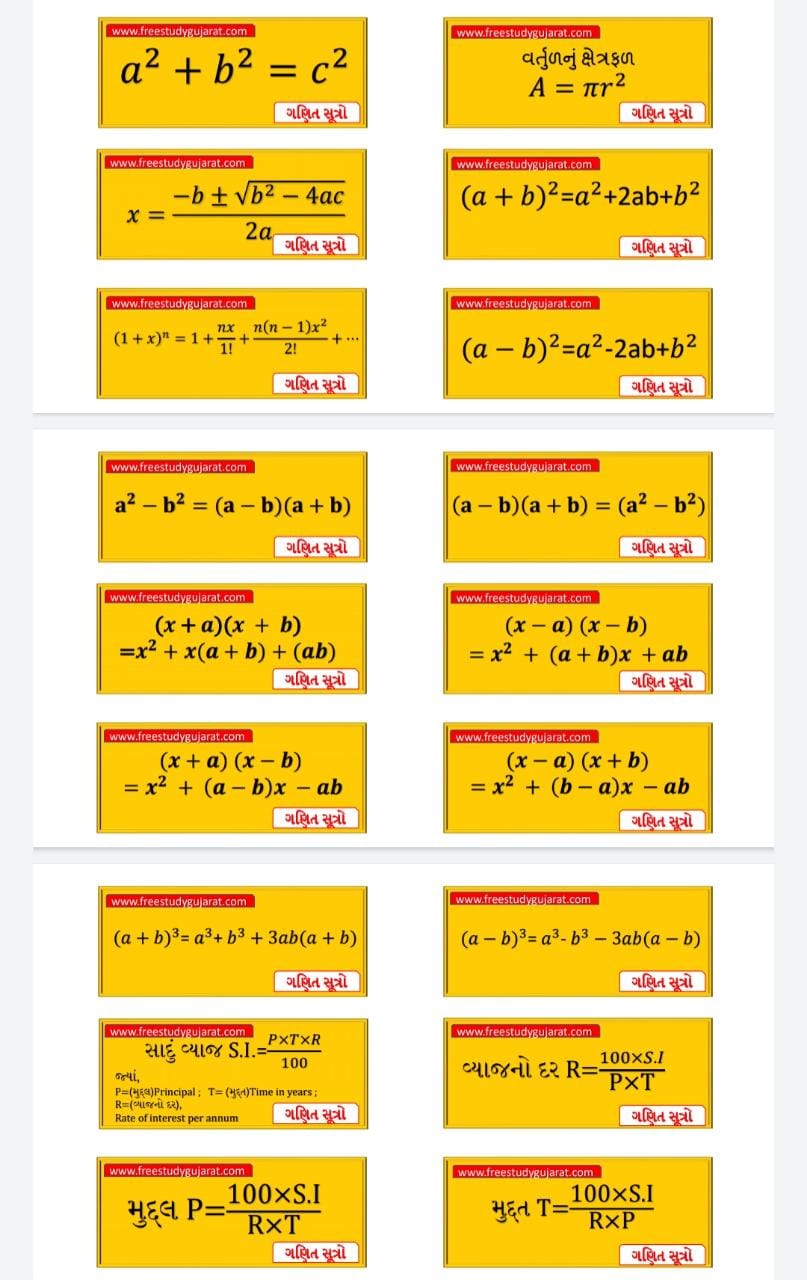Math symbols—often tiny, indecipherable, and seemingly random—are all-important. Some math symbols are Greek and Latin letters, dating back centuries the past. Others, just like the plus, minus, times, and division symbols seem to be mere notations on a paper. And, they need true value in the real world.
A sign (+) can tell you if you're adding cash to your checking account, while a sign (-) may indicate trouble ahead—that you're subtracting funds and possibly in peril of running out of cash. Parentheses, which in English punctuation indicate that you simply 're inserting a nonessential thought into the sentence—mean just the other in math: Read on to ascertain what the common math symbols are, what they represent, and why they're important.
You use math symbols quite you realize altogether areas of your life. If you have ever used a computer accounting spreadsheet, you likely know that the large sum sign (∑) gives you an easy—indeed instant—way to feature an endless column of numbers.
Despite the origins of pi within the subject of geometry, this number has applications throughout mathematics and even shows up within the subjects of statistics and probability.


If you propose to review math, it'll be worth your time—and indeed prevent an infinite (∞) amount of this valuable resource—if you retain this table of math symbols handy.



No comments:
Post a Comment